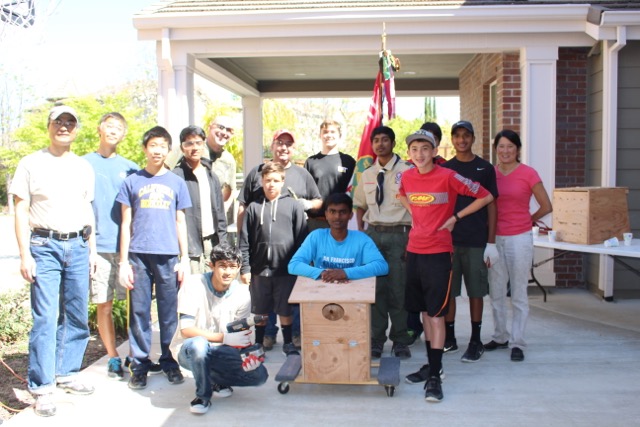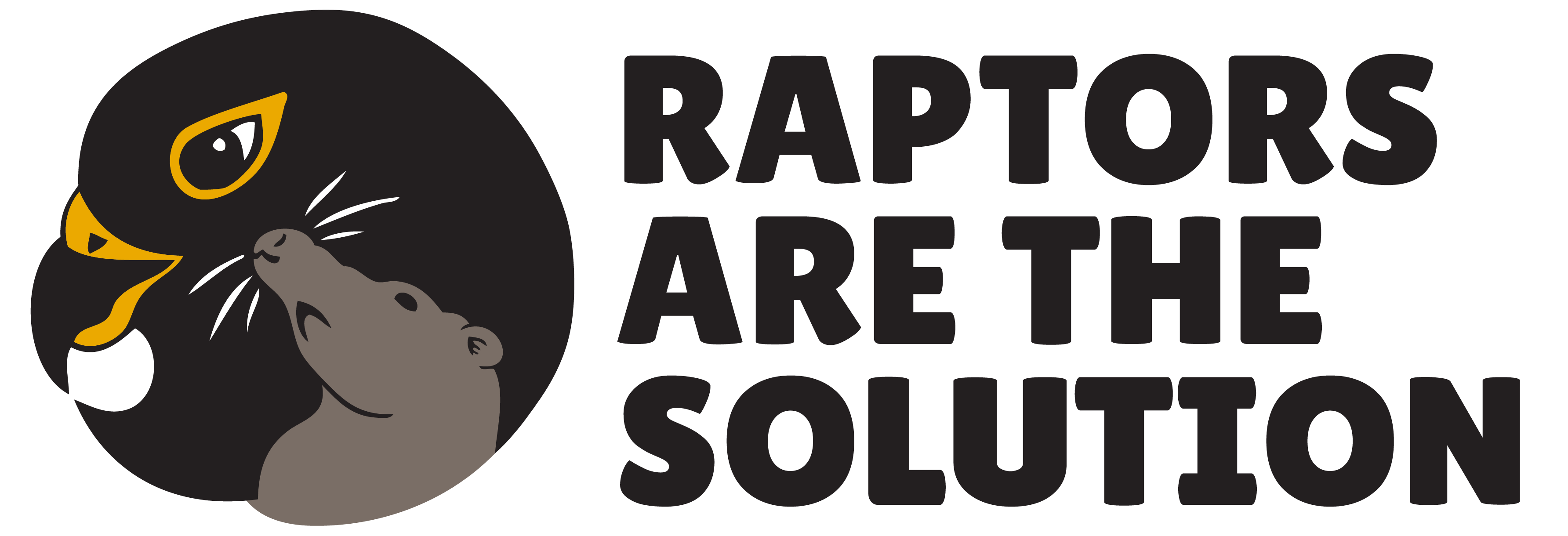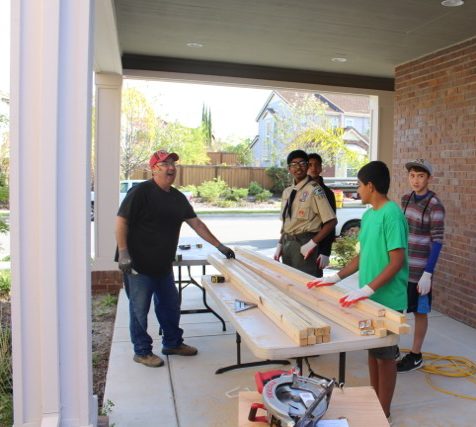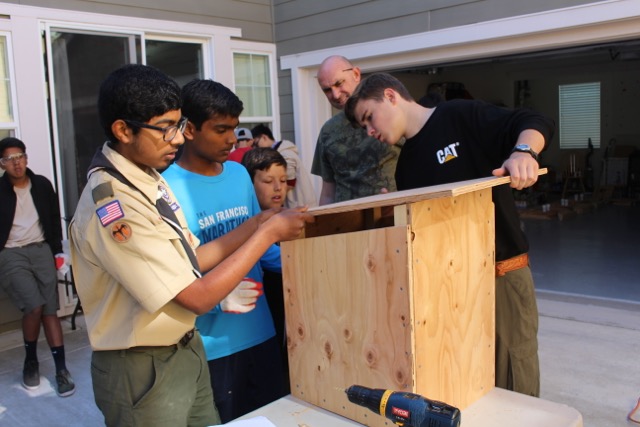
(Full article from RATS Tales February 2017)
Two years ago this month, I was a busy Boy Scout from Troop 888 hustling to arrange parts, people, and plans to create barn owl houses, or boxes, for Raptors Are The Solution. Months before that I prepared the owl house project plan—my Eagle Scout Service Project—and went through several reviews to get approval. I created a step-by-step training video on how to build an owl house and used it to train the scouts before starting the build.
My goal was to lead 20 scouts to build eight owl houses in eight hours while upholding the high standards needed to make good boxes. I created four groups of five scouts each and expected each group to build two owl houses. By the end of the day, we had eight barn owl boxes (plus the one I built for the video), all smoothed and sanded to perfection and delivered on time to RATS.
Throughout my project, it was valuable to learn how these owl houses were truly going to make a difference for our community. I never expected that the safety of children, pets, and the environment was so closely connected to rat poison; although we might not see owls in the concrete jungles of our cities and parks, they are there and often come out at night.
Biomagnification is a term that refers to the process by which a compound (such as a pollutant or pesticide) increases its concentration in the tissues of organisms as it travels up the food chain. This means that when people use poison to control rodents, the poison remains in the rodents’ bodies. When species such as the barn owl eat a poisoned rodent, the poison then accumulates in the owl even though it did not directly ingest the poison. By building owl houses, I would provide a breeding ground and shelter for owls in suburban and urban areas where their natural habitats such as cavities in trees and barns no longer exist. The owl houses would create a habitat for the owls, allowing them to naturally keep control of rodent populations, without poisons. This keeps poisons out of our environment, our parks, and residences. In addition, children and pets are less likely to consume rodent poison that is left out, creating a safer community.
My project was not only to lead scouts to build boxes, but also to share the reasons why these boxes are important in protecting our environment. Although I live in a different neighborhood than where the boxes were to be installed, I had the opportunity to tell the scouts why they should avoid using rodent poison and to encourage them to bring these boxes to their own neighborhoods, where many people still use these poisons. It was a rewarding experience both to help the environment in another community and to enable scouts to spread the message of RATS where they live.
Not only was I able to help educate my fellow scouts and neighbors, I was also able to inform the businesses from whom I sourced materials about the dangers of rodent poison. In the weeks before my project, while visiting hardware stores, I met with the managers to explain why I was doing the project and who it would benefit. They supported the project by donating materials and supplies critical for the project’s success.
Although my project is complete, I plan on continuing my support any way I can in my future college studies by starting a club dedicated to the environment. I want to find a career blending my own interests in computer science with environmental protection. Whatever issue it may involve, environmental protection is important to fight for, and it is a cause everybody can take part in.
Saketh Kollu is currently an Eagle Scout and a junior at Dougherty Valley High School in San Ramon.


